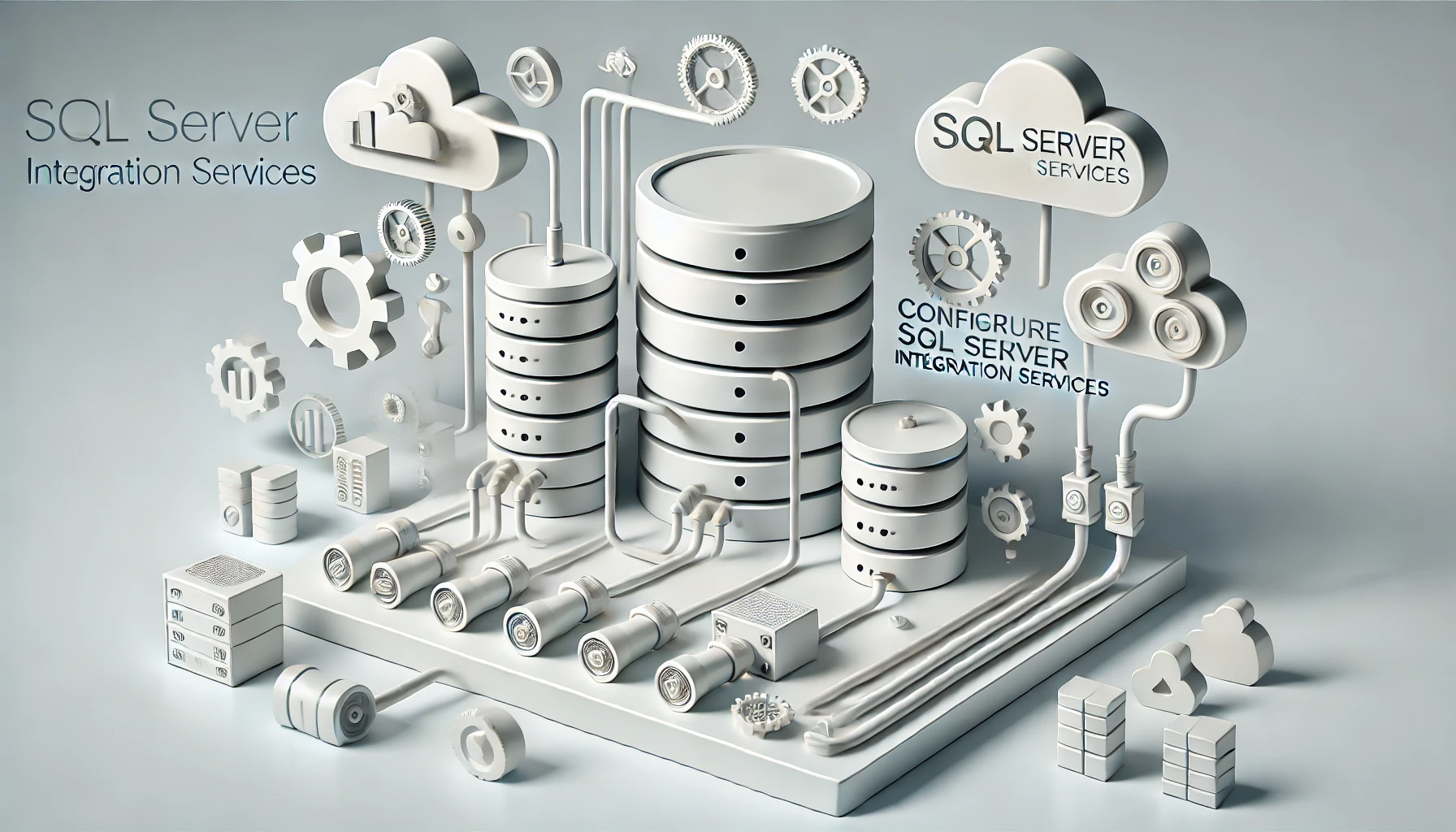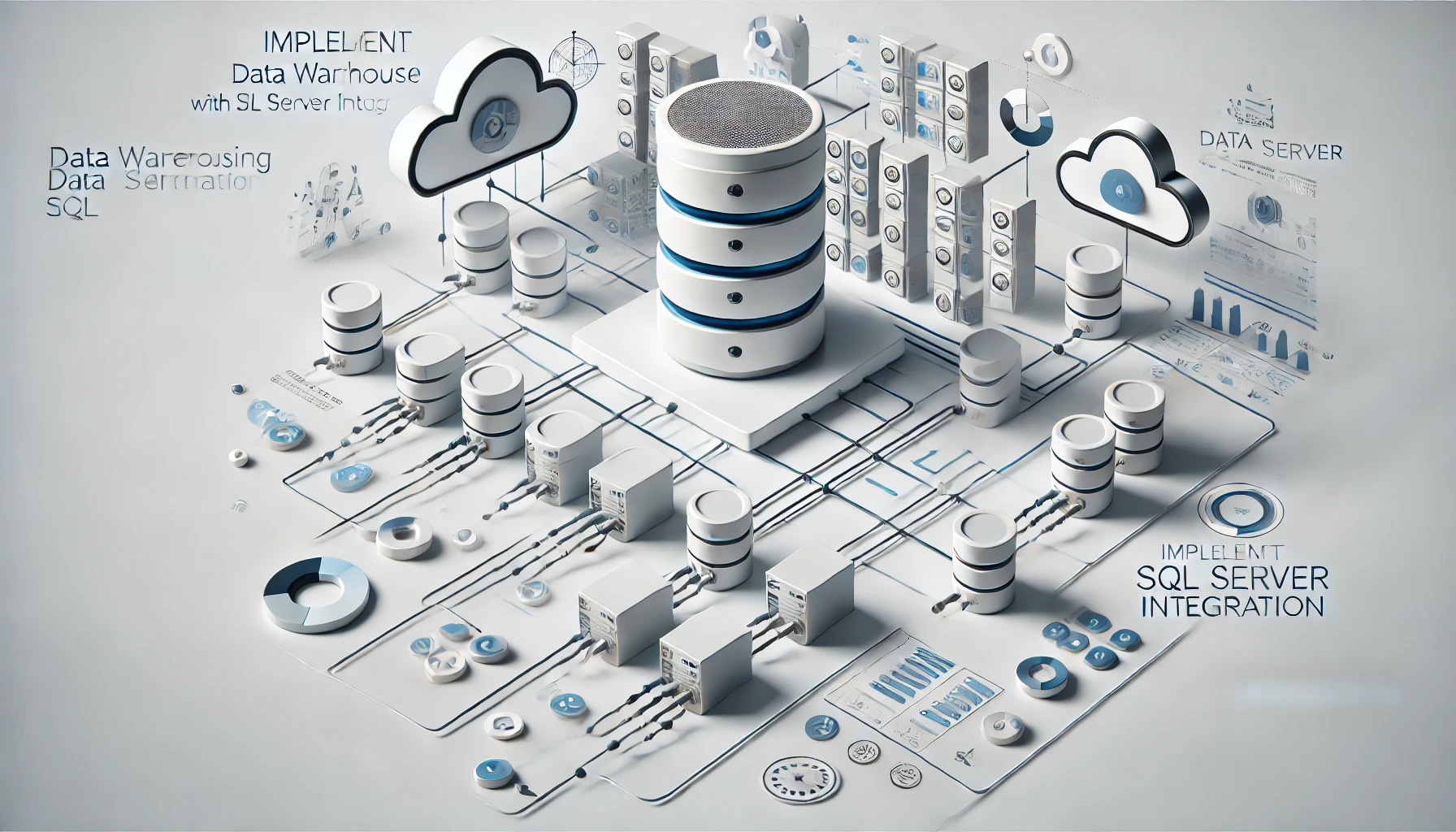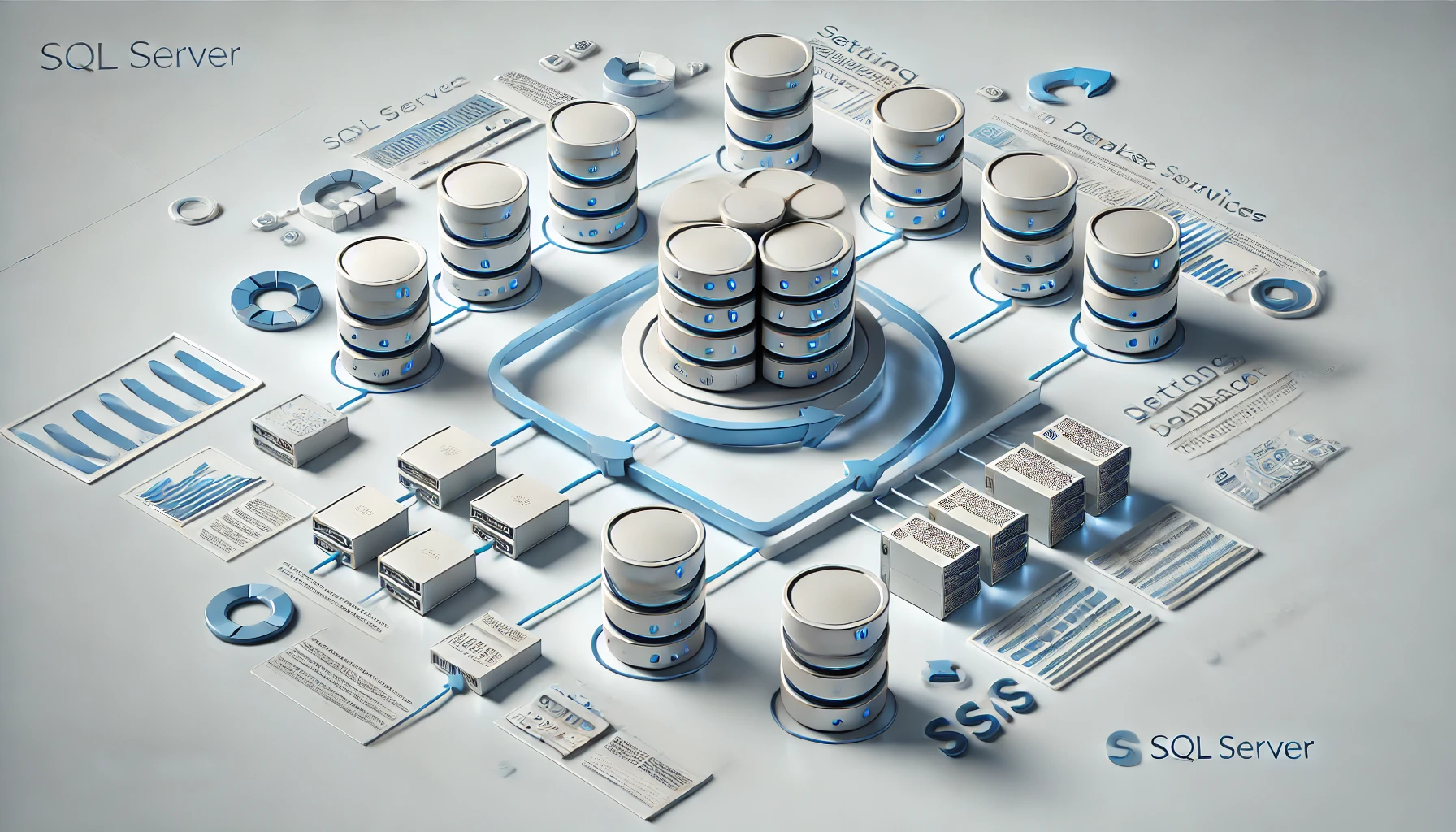To monitor performance in SQL Server Integration is just about keeping an eye on a few stats, think again. Discover how setting up advanced alerts and analyzing historical data can take your system’s efficiency to the next level. Want to ensure optimal performance and troubleshoot issues before they escalate? Stay tuned to uncover the crucial steps for monitoring performance in SQL Server Integration and mastering the art of seamless data flow.
Define Performance Metrics
When monitoring performance in SQL Server Integration, a crucial aspect is to define performance metrics that will provide you with valuable insights into the efficiency and effectiveness of your system. Two key metrics to consider are data throughput and query execution. Data throughput refers to the amount of data processed within a given time frame, indicating the system’s capacity to handle a workload. Monitoring data throughput can help you identify bottlenecks and optimize performance.
On the other hand, query execution metrics focus on understanding how efficiently queries are processed by the system. By tracking query execution times, you can pinpoint poorly performing queries and optimize them for better overall system performance. Additionally, monitoring query execution plans can reveal areas where indexes or database design improvements are needed to enhance query performance.
Defining these performance metrics and setting benchmarks for data throughput and query execution will enable you to proactively manage and improve the performance of your SQL Server Integration system.
Install SQL Server
To set up SQL Server, you need to initiate the installation process by running the setup executable provided by Microsoft. The installation process involves selecting the desired features, configuring server settings, and specifying authentication methods. Make sure to review the system requirements before proceeding with the installation to ensure compatibility and optimal performance. During the installation, you may encounter common issues such as insufficient disk space, outdated software dependencies, or network connectivity problems. To troubleshoot these issues, ensure that you have enough disk space for the installation, update any required software components, and verify that your network connection is stable. Additionally, it is advisable to run the installation process as an administrator to avoid permissions-related errors. By following these troubleshooting tips and carefully completing the installation process, you can successfully set up SQL Server for monitoring performance in SQL Server Integration.
Setup Integration Services
Initiating the setup of Integration Services is a critical step in configuring SQL Server for efficient data integration processes. Integration Services facilitates the creation of data flow tasks and orchestrates package execution within SQL Server. By configuring Integration Services, you enable the seamless movement of data between various sources and destinations, ensuring smooth data flow throughout your organization’s databases.
Setting up Integration Services involves creating packages that define the flow of data and how it is processed. These packages contain tasks that manipulate data, such as extracting, transforming, and loading information. Additionally, Integration Services allows you to schedule and monitor package execution, ensuring that data integration processes run smoothly and on time.
Implement Monitoring Tools
Moving forward from setting up Integration Services, an integral aspect of optimizing SQL Server performance involves implementing monitoring tools. These tools are crucial for maintaining the health and efficiency of your system. Real-time alerts play a vital role in immediately notifying you of any potential issues or performance bottlenecks, allowing for prompt intervention to prevent downtime or slowdowns. By setting up real-time alerts for key performance metrics such as CPU usage, memory consumption, and disk I/O, you can stay proactive in addressing any emerging issues.
Furthermore, historical analysis is equally important for gaining insights into long-term trends and patterns in your SQL Server environment. Monitoring tools that offer historical analysis capabilities enable you to track performance over time, identify recurring issues, and make informed decisions based on past data. This historical perspective is invaluable for understanding the overall health of your system and planning for future improvements. By combining real-time alerts with historical analysis, you can ensure the optimal performance of your SQL Server Integration Services.
Set Baseline Performance
Establishing a baseline performance for your SQL Server Integration Services is a fundamental step in effectively monitoring and optimizing system efficiency. Performance analysis involves capturing key metrics under typical workloads to create a performance baseline. This baseline serves as a reference point for future assessments and helps in identifying deviations or areas for improvement.
To set a baseline, start by running benchmark tests on your system under normal operating conditions. Measure parameters such as execution times, resource consumption, and data throughput. Compare these results to industry benchmarks or previous performance data to gauge the system’s efficiency. By establishing a baseline performance, you gain insight into the system’s capabilities and can track changes over time.
Regularly revisiting and updating the baseline performance is crucial for accurate performance monitoring. Any deviations from the established baseline can signal potential issues that require attention. Utilize benchmark comparison techniques to ensure your SQL Server Integration Services are running optimally and meeting performance expectations.
Frequently Asked Questions
How Can I Optimize SSIS Package Execution Time?
To optimize SSIS package execution time, focus on database tuning and efficient resource allocation. Identify bottlenecks, adjust indexes, tweak memory settings, and balance workload distribution. Streamline data flow, minimize transformations, and utilize parallel processing for quicker performance.
What Are Common Causes of SSIS Package Failures?
To prevent SSIS package failures, focus on robust error handling and thorough data validation. Neglecting these critical aspects can lead to issues like corrupt data, incomplete processing, and unexpected errors, impacting overall system reliability and performance.
Can I Monitor SSIS Performance in Real-Time?
Yes, you can monitor SSIS performance in real-time using real-time alerts and continuous monitoring. By setting up alerts for key metrics and monitoring performance continuously, you can proactively identify and address any performance issues.
How Do I Troubleshoot SSIS Package Bottlenecks?
To troubleshoot SSIS package bottlenecks, analyze data profiling to pinpoint inefficiencies. Focus on pipeline tuning to optimize performance. Identify areas of congestion and streamline data flow for smoother operations. Enhance processing speed and overall efficiency.
Is There a Way to Automate SSIS Performance Monitoring?
To automate SSIS performance monitoring, consider setting up alerts for specific benchmarks. This proactive approach can help you identify bottlenecks and optimize your packages efficiently. Automating alerts ensures timely intervention to maintain optimal performance.



